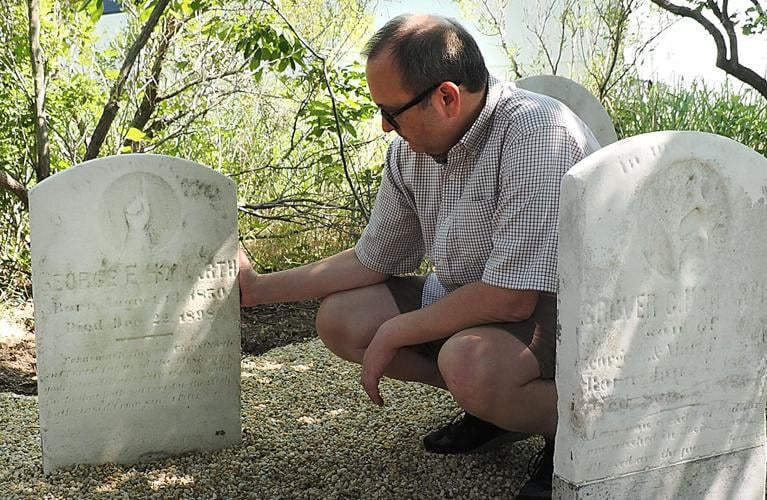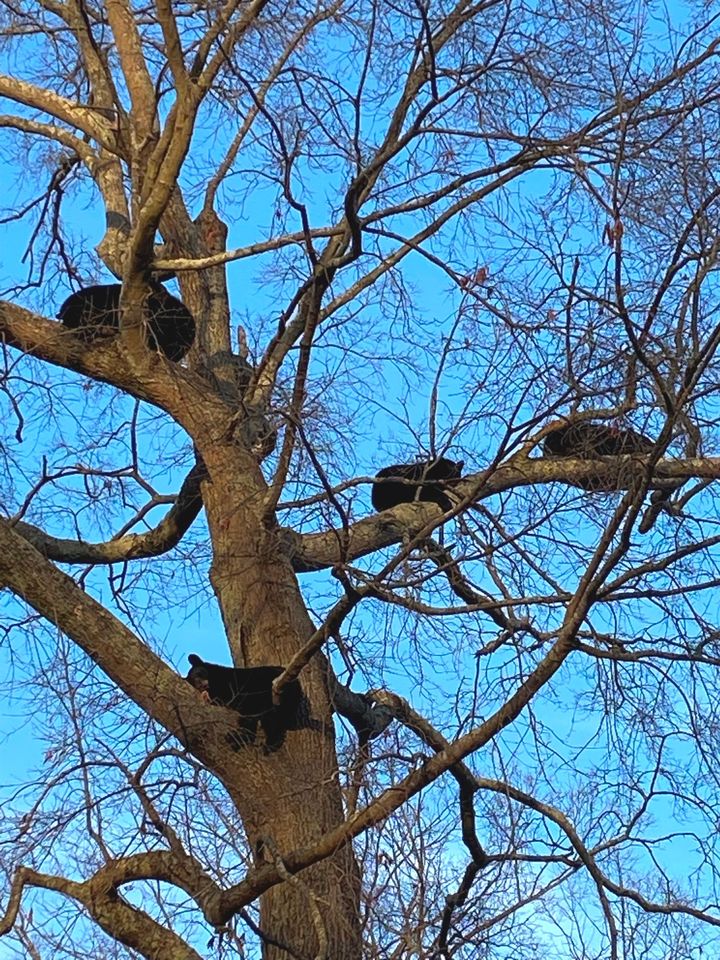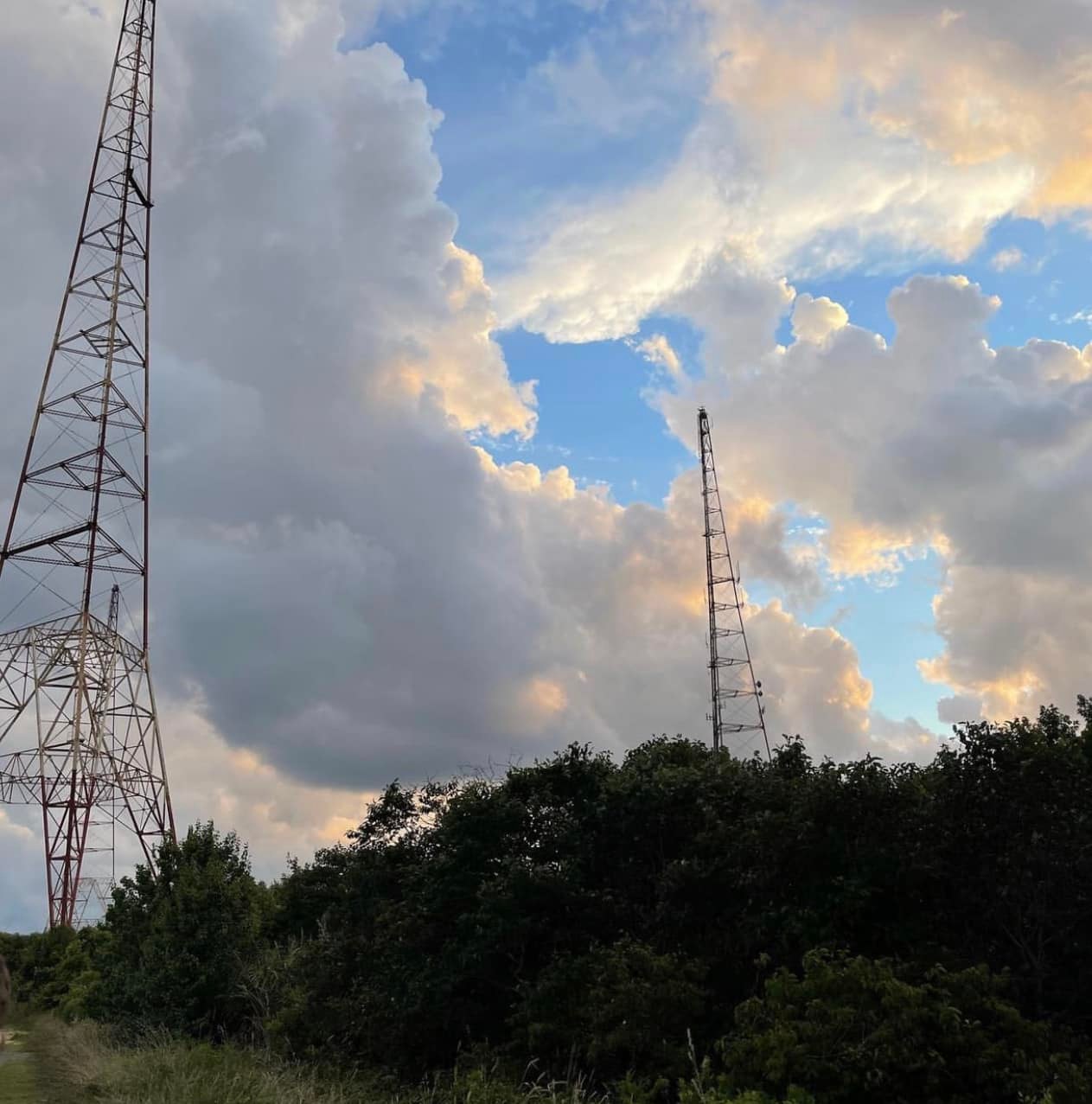Sometimes, a final resting place is far from final.
When the Howarth family interred their loved ones in Poplar Island’s soil in the late 1800s, they probably had no idea that the ground, along with everything on it and in it, would disappear in a matter of decades.
Sinking land, rising seas and erosion chewed away at the Chesapeake Bay island just off Maryland’s Eastern Shore. By the 1920s, the last of the original 100 residents had been forced to flee. By the early 1990s, nothing of Poplar remained above water but a few small scrapes of marshland.
Water has claimed countless cemeteries and individual graves around the Chesapeake. But the descendants of those buried at Poplar fought for a different outcome. More than 60 years ago, an aging family member led a mission to rescue the remaining five headstones from a watery grave.
Now, the history-making project to rebuild Poplar Island has given them the opportunity to bring those stones back to where they had once stood.
Our media partners, the Bay Journal News Service, interviewed surviving descendants of a Poplar Island family, Louis Howeth and his son Lee. Lee has been racing against time to fulfill his father’s dream of seeing the gravestones returned, while his father is still alive to see it.
We hear from the Howells, along with the Maryland Environmental Service, in this excerpt from the Bay Journal’s 15 months of reporting. You can read the story in its entirety at bayjournal.com.
Lee Howeth: There’s definitely some story to be told about the island fading away and the restoration that they’re doing. This is kind of the human side of that story.
Louis: [My family] had a farming operation. I understand that the Howarth family (now spelled Howeth) owned over 1,000 acres [on Poplar].
Kristina Motley (senior environmental specialist, Maryland Environmental Service): People used to live out here. In 1847, they first measured the area of the land. At that time, they found it to be 1,140 acres in size, a fairly large island. It housed a town called Valiant, where there were about 100 individuals.
Louis: My mother told stories on how there were 16 old, brick-solid homes over there.
Motley: There was a schoolhouse [that also served as a church] with a cemetery attached to that, a general store, a post office and a sawmill. By the 1920s, all the full-time residents had to move off the island due to erosion. The water was pretty much coming up to their doorstep.
Louis: My father said, “We watched a field go, and we didn’t really think too much about it because when it gets to that woods, the trees will stop it.” Well, they weren’t thinking about the fact that the tide and waves would undermine the roots. Suddenly, you just have a tree on roots, and nothing in the ground. That was my first understanding of erosion firsthand.
[My father] had a lot of—I wouldn’t call them regrets—but he had a lot of thoughts about how he could have maintained the island itself. They had to sell [their portion of] the island, must have been early 1900s. It was a money thing.
Louis: There was a cemetery plot [remaining on Poplar]. My uncle, Harvey Howarth, used to go over there with his lawnmower to keep it looking nice. He said to me one day [in the 1960s], “We got to get over to that island. That graveyard is eroding, and I think we’ve lost some of the stones already.”
Lee: [Harvey] was in his probably late 70s. He didn’t have the means or capability to do it by himself. So, he asked a friend of his, Willie Rowe, to help. He, Willie and another friend went out [to Poplar] and looked for the stones.
They didn’t take any tools. They didn’t realize they were going to be taking them [when they set off]. They had to get down on their hands and knees and literally dig with their hands to get the gravestones out.
Louis: They couldn’t find any evidence of the bodies themselves. All they had was stones. The water was intruding into the cemetery. It was turning into a marsh. It was muddy.
Lee: They ended up taking [all five remaining stones] and bringing them back to Tilghman Island and placing them on Willie Rowe’s property. They were there for 50-plus years. My great-uncle would go there and mow the grass and keep them up and plant flowers.
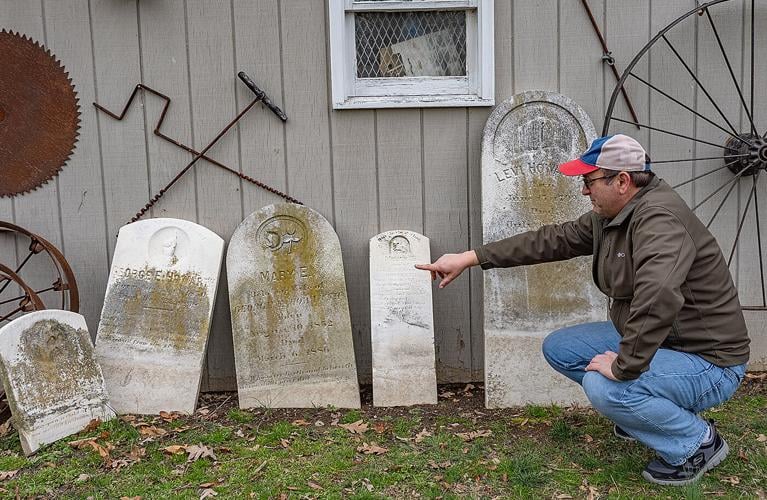
Motley: When the U.S. Army Corps came out in 1993, they did another land survey on the island. They found that the island had shrunk from that 1,140 acres to less than 5 acres. And those 5 acres weren’t even one continuous island. They were split between four tiny “remnant islands.”
We are restoring the island by using fresh material from the Baltimore [shipping] channels that we bring here to Poplar Island to restore habitat for our native species. We started construction in 1998 and received our first bit of inflow of dredged material in 2000. We’ve been slowly filling it up ever since.
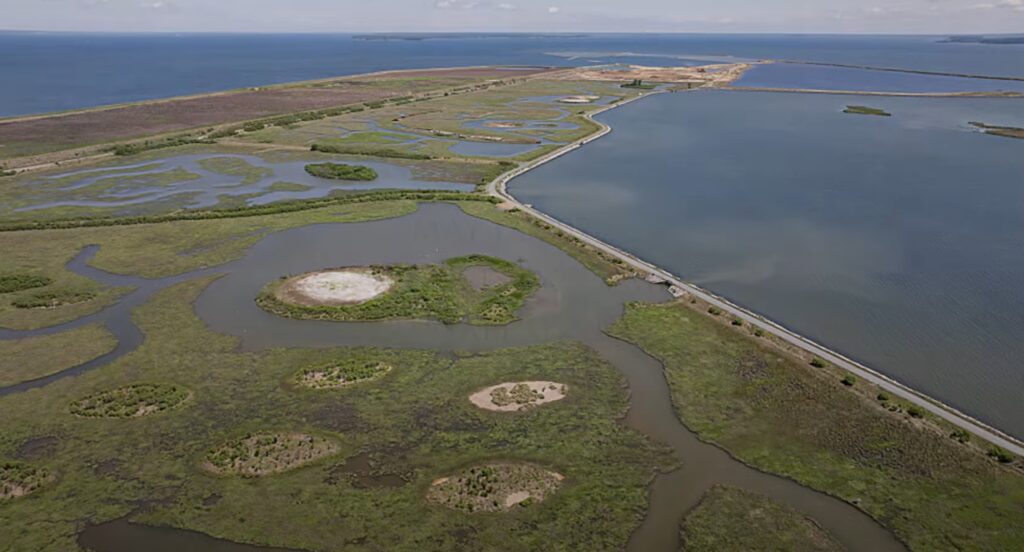
Lee: We wanted to get [the headstones] in a permanent place. Over the years, I’ve kind of felt that sense of burden. My father’s 85. I’d kind of like to see him see it through and see them put back where they belong.
Louis: I said to my son, Lee, “Before something happens to me, those tombstones down on Willie Rowe’s farm, in my opinion, should go back to the island.”
Lee emailed the Maryland Environmental Service, which is involved with the restoration work. Ryland Taylor, then an environmental specialist at the agency, quickly responded.
Ryland Taylor: It was too good of an opportunity to pass up to bring them back here.
The job of ferrying the headstones to Poplar fell to Robert Wilson, a 72-year-old waterman based on Tilghman Island who has a contract with the Maryland Environmental Service to haul freight to the island. For the final resting place, officials selected a shady spot adjacent to a courtyard of stone pavers.
Motley: This is where we gather every tour. We’ll talk about the history of the island. We’ll definitely have [the headstones] here, front and center, for people to come and visit. And we’ll definitely talk about their story to give a full picture of what Poplar Island really is.
On June 4, a little more than a dozen Howeth family members climbed aboard a boat on Tilghman for the 20-minute ride to Poplar. The stones, gleaming white, were standing upright once again in two neat rows. Workers had spread a layer of pea gravel around them, shaped like a heart.
Lee: I’m amazed. I’m impressed that we’ve got everybody here to see it together. These [names on the headstones] are all Howarths here. But they represent a bigger community that is here and many other surnames and other people that were here.
Today’s just the end of a 60-year journey for these stones. It’s an emotional day, and I’m happy to see it completed. They’re back where they belong.

